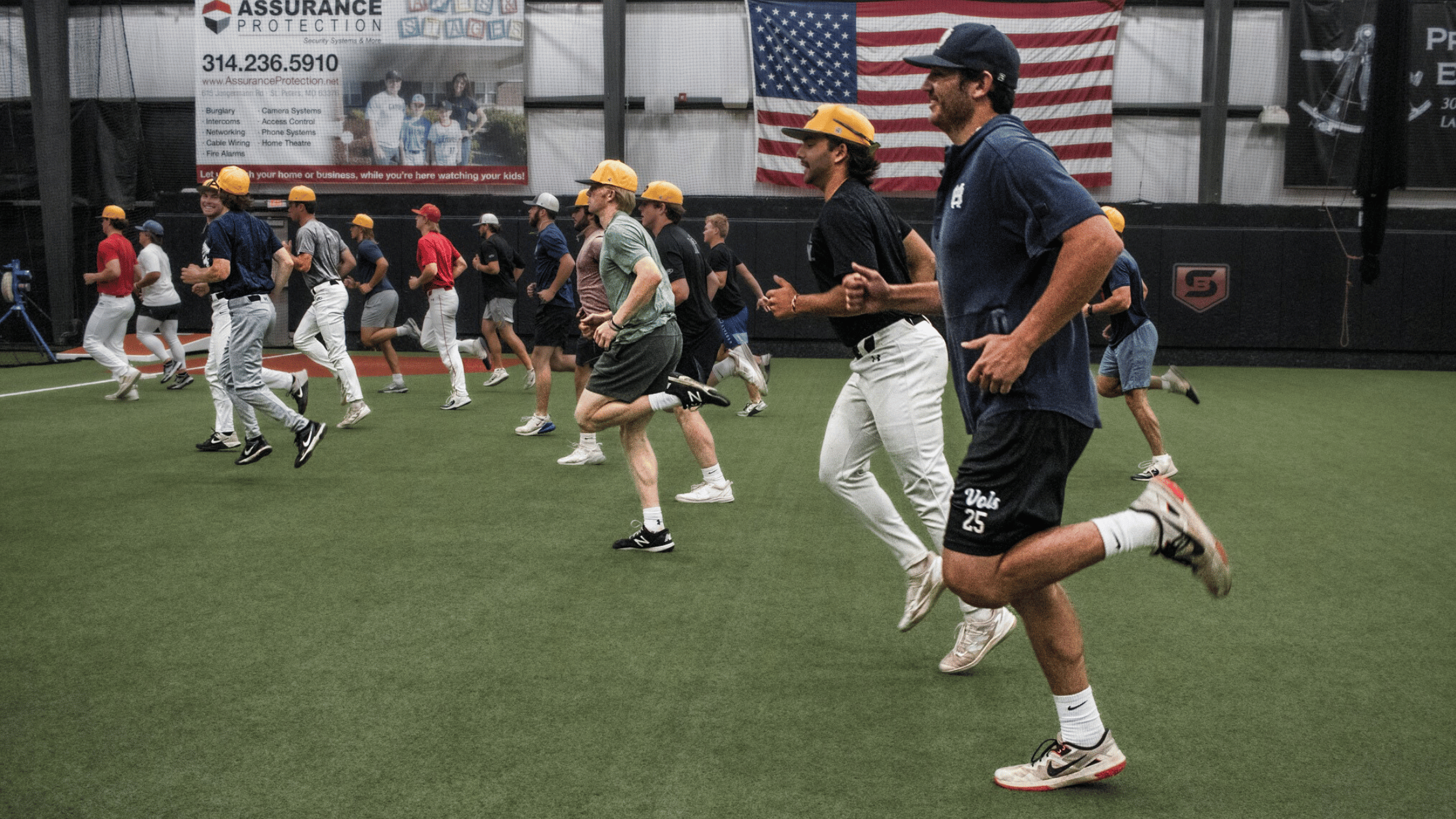Breaking Down Offload and Active Recovery Strategies for Baseball Players
Obviously, it’s essential to practice throwing, hitting and other game skill specific mechanics to improve your performance on the field. However, in isolation, technique alone will not improve your game. It’s important to balance your training economy between throwing workload and weight room workload.
At Premier Pitching Performance (PPP), players often come to us to help manage their workload so that they can focus on executing their development plan and we can focus on the multiple facets that make a well rounded plan.
Each of our assessment-based programs will include offload and recovery strategies.
It’s an essential, yet underlooked, aspect to your training. That’s why we interviewed Cody Fick, Director of Pitching for PPP to explain the concepts of "Offloading" and "Active Recovery" and how it relates to your player development.
Understanding Offload Training & Active Recovery
Understanding the principles behind offloading and active recovery is crucial for optimizing a player's performance.
Offloading
 Cody Fick, Director of Pitching for Premier Pitching Performance (PPP), explains offloading as a deliberate strategy to eliminate or reduce stress put onn the body. Fick commented,
Cody Fick, Director of Pitching for Premier Pitching Performance (PPP), explains offloading as a deliberate strategy to eliminate or reduce stress put onn the body. Fick commented,
“Offloading is a strategy to reduce throwing volume, frequency and intensity in between the competitive periods of the yearly calendar."
He went on to clarify that the implementation of this strategy can vary significantly from one athlete to another, saying,
"This can look different based on the athlete's individual needs and their individual calendars, but in general, this allows the athlete to spend more of their training economy in the weight room and in activities that do not involve throwing."
This means that during the offloading phase, the focus is shifted from throwing-related activities to other forms of physical conditioning and other non-throwing activities. This is a crucial phase of your development as a baseball athlete, because it allows the body to recover from the rigors of a demanding season.
Just as a runner doesn’t train for a marathon by running as long as possible each day, a player shouldn’t train exclusively in baseball technique. Fick emphasizes that a well periodized plan includes movement adaptations that will benefit their performance long-term. If an athlete continues to pour high volume or intensity onto an under-recovered body, it increases the likelihood of injury.
Ultimately, offloading can reduce the risk of injury and helps your body reset after a period of high volume and intensity.
Active Recovery
Active recovery is part of daily and weekly strategies. It can be used at the end of days and in between high volume or high intensity days. While many players may want to take time off after a heavy-throwing day, it’s important to build in post-throw and active recovery exercises instead of taking a day off. Fick had this to mention about active recovery,
"Doing nothing in an effort to recover between high-intensity bouts of exercise or throwing is generally a bad idea."
He explained further, “The body actually craves movement and managing the intensity and specificity of that movement can help the body overcome stiffness, soreness and prepare it for its next big event.”
This means that while it is important to reduce the intensity and frequency of throwing during recovery periods, it is equally important to engage in other forms of physical activity. This can include light aerobic exercise, stretching, mobility exercises and other low-intensity activities that promote blood flow and aid in the recovery process.

Customizing Your Offload Strategy to Maximize Performance
Each player has different needs and thresholds, so a one-size-fits-all approach won't work. Fick explained,
"We can tailor offloading time periods for an individual athlete by looking at when they have to be ready to compete in games and by working backward from that date.”
You might commonly hear coaches talk about offloading in combination with on ramping or building throwing volume. PPP quality trainers can help identify the time it tshould take for you to build (on-ramp) sufficient throwing fitness (workload). By identifying the build up time period and the competition schedule the remaining time can be dedicated to offloading.
>> Get the FREE 33-Day On-Ramping Guide
NOTE: Other factors such as different development goals, biological age, training age and time of year can play into the duration of offloading.
Leveraging Technology for Player Development
Technology can assist in creating individualized routines and offloading strategies. From assessing a player’s biomechanics to logging throws overtime, modern tools can be helpful to determine overall "readiness." Fick commented,
"Leaning into technology to help log throwing workload can aid in creating effective and individualized routines.”
Fick noted that technology should always be paired with quality athlete-coach communication so that a player continues to stay healthy while they improve their skills and abilities. He continued,
"I tend to think of these types of technologies as objective 'journaling' tools; they can keep a record of what is happening and provide a reference to look back on if things start to go sideways."
Mastering the Art of Recovery with Premier Pitching Performance
Offloading and active recovery are key elements of a well-rounded training regimen for baseball players. By understanding these concepts, tailoring strategies for individual needs and leveraging technology, players can optimize their recovery, reduce the risk of injury and elevate their game to new heights.
As Cody Fick highlighted, a well-planned and executed recovery strategy is essential for long-term success in baseball.
Register for an Assessment to Start Training with the Expert Coaches at PPP, In-Person and Remote Options are Available

